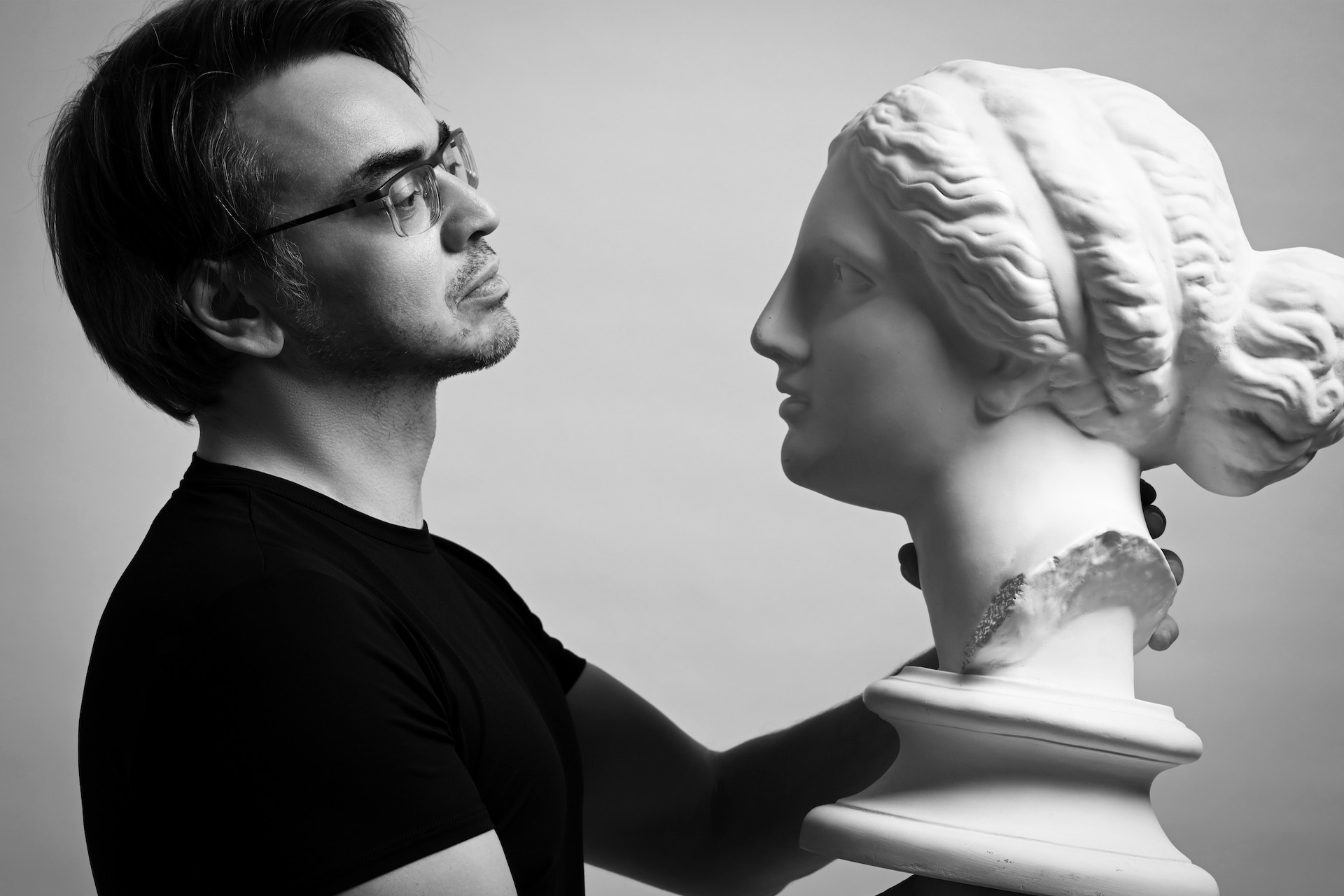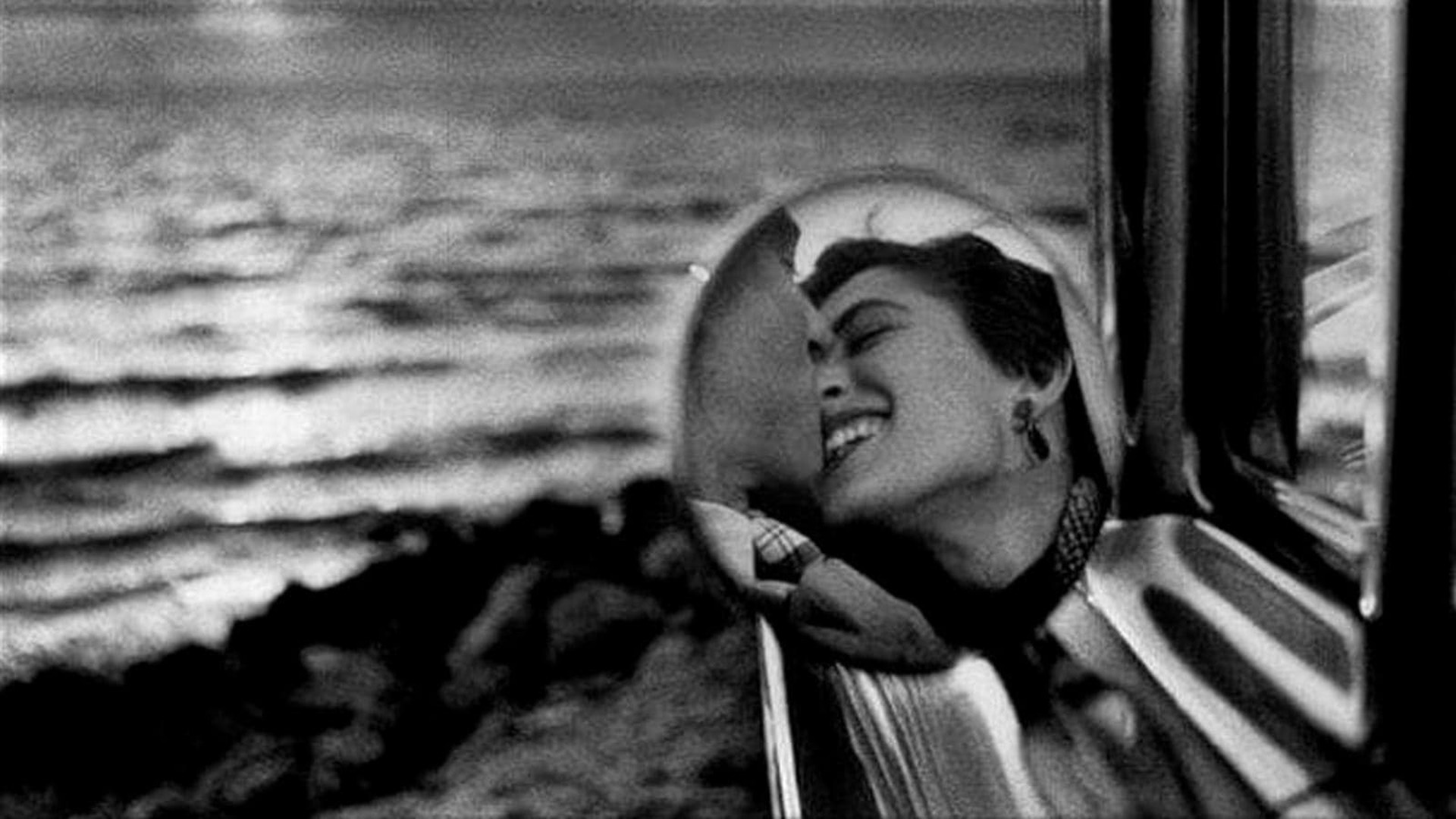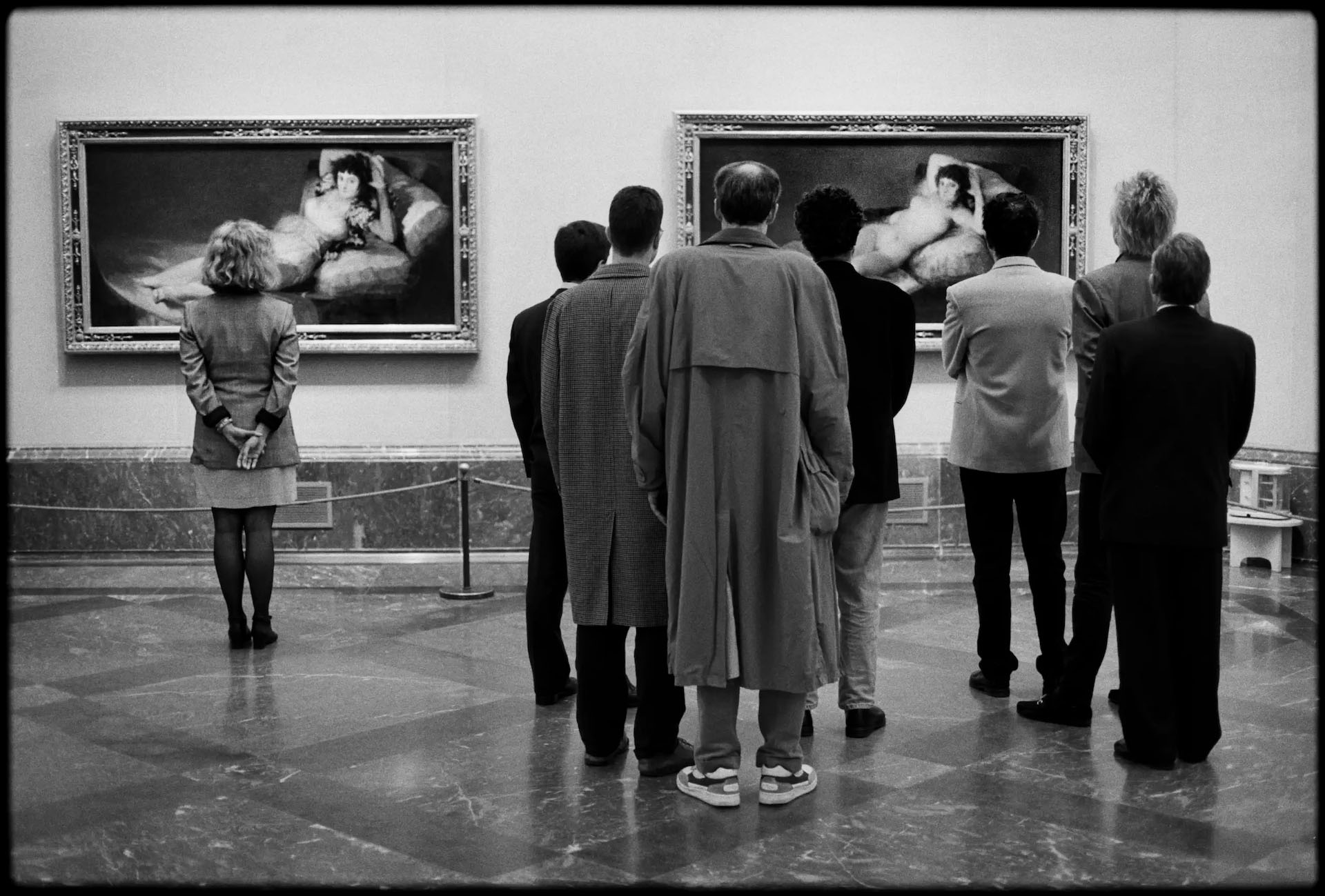Aesthetic experience
Memory, empathy, and emotions
Neuroscience:
Aesthetic experience is seen by some scholars as the product of several cognitive processes including perception, attention, memory, imagination, and emotion. While this is certainly true, it is almost reductive when we consider that these cognitive functions intervene even when we observe simple objects in everyday life.
What is it, then, that makes the aesthetic experience so special? Why is being in front of a work of art not the same as observing or listening to any other stimulus in everyday life?

The fundamental role of memory in perception
Adolf Von Hildebrand, a German sculptor, argued that the reality of artistic images lies in their effectiveness, that is, in the impact they have on the viewer. The aesthetic value of artistic works thus lies in their power to establish links between the intentional creative acts of the artist and their reconstruction in the mind of the beholder. To do this, therefore, the involvement of the viewer’s memory is absolutely necessary.
A very interesting aspect of our visual perception is that what we see is only partly determined by the information from light that hits the retina.
In fact, there are two processes that intervene in our perception: the first is bottom-up, which is regulated by the physical characteristics of the object, such as its color, shape, position in space… the second is top-down, in which the main cognitive centers intervene by influencing our perception. Specifically, one of the main components acting on top-down processes is, for example, memory, which compares incoming visual information with previously lived experiences. Our ability to find meaning in a visual experience depends entirely on this kind of comparison with what we already know.
Thus, bottom-down processed information is based on the specific characteristics of the artwork that are basically the same for all observers. In contrast, top-down processing is based on mechanisms that assign meaning to what we look at based on our life experiences. Consequently, top-down processing is unique to each observer.
Thus, memory plays a fundamental role in the viewer’s perceptual and emotional response to art. Indeed, it enables us to understand the work in front of us through the comparison we make with our past experiences.

(Elliott Erwitt – California, 1956)
Emotions aroused by art
In the perception of any object we encounter in everyday life, the processes of recognition and memorization are much more important than the affective and emotional ones. In contrast, in the perception of a work of art the emotional component becomes predominant. When we look at a painting or sculpture, it is certainly important to recognize the object represented, but what distinguishes it from everyday experience is the emotional resonance produced by the work of art. How many times have we stopped to look at a sculpture which we did not quite understand what it represented but still managed to convey something to us?
Scherer, a psychologist and director of the Swiss Center for Affective Science in Geneva, has developed a theory called “Component Process Theory” in which he tries to explain how emotions can be generated when we look at a work of art. In his theory, the emotion elicited in response to an external stimulus is described as “the momentary organization of all the major functioning systems of the organism”: central nervous system, autonomic nervous system, somatic nervous system, and neuro-endocrine system. According to Scherer, this process develops in five stages. We see them in detail here.
Stage 1: The cognitive (or appraisal) component has the function of analyzing external events and assessing their importance to the individual based on the emotions they trigger.
When we are faced with a stimulus, as a first step, our brain activates a rapid analysis to assess its danger level.
With regard to aesthetic experience, the first level of analysis is the evaluation in terms of positivity or negativity. We must think of this stage as the first impression we have of a work, even before we analyze all its details and can appreciate it for the meaning the artist intended to pass. If at first glance an image appears ugly to us the unpleasant association is stored in long-term memory and is automatically activated whenever the object is encountered later. All past experiences create mental patterns that can influence this first stage of evaluation. Thanks to these mechanisms we can notice, for example, how familiar or unfamiliar the object we perceive is to us, and usually the more familiar an object is considered to be, the more at first glance we like it.
Stage 2: Physiological activation (arousal) has the function of activating our body in response to certain stimuli. Activation can occur through changes in certain physiological correlates such as heart rate, respiratory rate, blood pressure, psychogalvanic response, etc.
Yes, even art can produce physiological activation, but this must be distinguished from that which any stimulus we interact with in our daily lives can produce. The emotions we experience on a daily basis alter physiological correlates by causing us to increase our heart rate and sweating for example, to send us a signal and to prepare us to act towards the stimulus through attack or escape mechanisms. The arousal states produced by art, on the other hand, should not be considered proactive, that is, they are not intended to induce action, but simply reactive: they elicit a physiological reaction in us that does not require concrete action toward the work. In fact, if we think of the typical reactions we may have in front of traditional art media, such as a painting or sculpture, goose bumps, tears given by emotion, and shivers down the back may come to mind, nothing to do with the increased heart rate and respiration that are signals that are perceived as a need to act quickly. The neurophysiological correlates of this “aesthetic arousal” would therefore lead to a behavior closer to that of contemplation-that is, a behavior that does not need to take place quickly and that generates in us a static-type reaction that promotes thinking and reflection. It should be pointed out, however, that in some cases, particularly for immersive works of art, very strong physiological reactions can be generated in the observer, even leading him or her to react actively.

Step 3: The expressive component has the function of arousing an emotion in the individual through gestures, facial expressions, posture… the term expressiveness refers to all those affective and cognitive meanings that are attributed to objects by observing solely their physical characteristics such as shape, color, materials… To better understand this concept look at the following picture and try to say which of the two figures you think is called Bouba and which is called Kiki.

Most people associate the figure on the left with the term “Bouba” and the figure on the right with the term “Kiki” because the sounds of the words reflect a rounded shape in the former case and a more angular one in the latter. The physical characteristics of objects therefore can influence our perception of them. A work of art for example can arouse melancholy and disquiet just because of the colors used.
Step 4: The motivational component has the function of preparing the subject for action. As we mentioned earlier, there is no real concrete action that the work triggers. However, even traditional art can trigger a great deal of interest in us that can result in a more immediate response, such as the urge to buy the exhibition catalog, or a more long-term one, such as the desire to return to visit other exhibitions by the same artist.
Stage 5: Finally, the subjective component is the result of all the changes that occurred in the previous stages. Every single reaction that is triggered in us when we interact with a work of art becomes a fundamental component that determines our emotional experience. For this reason, we can therefore say aesthetic experience is extremely subjective.

(Elliott Erwitt – Prado Museum, 1955)
Empathy: the key to aethetic experience
But then, what is it that makes the difference when we are in front of a work of art? Is it the physical characteristics of the work itself, the technique used by the artist, or the ability of that object to arouse something in us who look at it?
Albert Vischer, a German philosopher, in his work “Sense of Form. A Contribution to Aesthetics” talks about another fundamental aspect of aesthetic experience: empathy, or “feeling inside.”
When we stand in front of a work, we grasp features that elicit a reaction in us. This empathic reaction that is generated most of the time is only internal but can also surface, moving us to tears in front of a painting or listening to a symphony that particularly touches us.
The notion of empathy must therefore not be seen only as the mere sharing of emotions and feelings between two individuals, but can also be understood as the emotional resonance that is created between the observer and the work of art.
As we have previously seen in this blog, when we are confronted with a work of art, very personal mechanisms come into play based on previous experiences. For this very reason, aesthetic experience is extremely subjective, and each work of art can acquire different meanings and forms depending on the person who is viewing it. Art can therefore be seen as a means of bringing back past lives and experiences that have always been within us and of which we may not even be aware. If we see the aesthetic experience in these terms, we realize how intimate the interaction we have with any work can be and how much it can reflect a bit of ourselves.
Martina Zanotto
Psychologist, Neuroscience specialist
Bibliography
Eric R. Kandel, L’età dell’inconscio, Arte mente e cervello dalla grande vienna ai nostri giorni, Raffaello Cortina Editore, 2016
Scherer, K.R. (1984), Emotion as a multicomponent process: A model and some cross-cultural data, “Review of Personality and Social Psychology”, numero monografico a c. di P. Shaver, 5: 37-63
Silvia, P.J. (2005), Emotional response to art: From collation and arousal to cognition and emotion, “Review of General Psychology”, 9: 342-357
Frijda, N.H. (1986), The Emotions, New York, Cambridge University Press; tr. it. di A. Berti e V.L., Zammuner, Emozioni, Bologna, il Mulino, 1990

